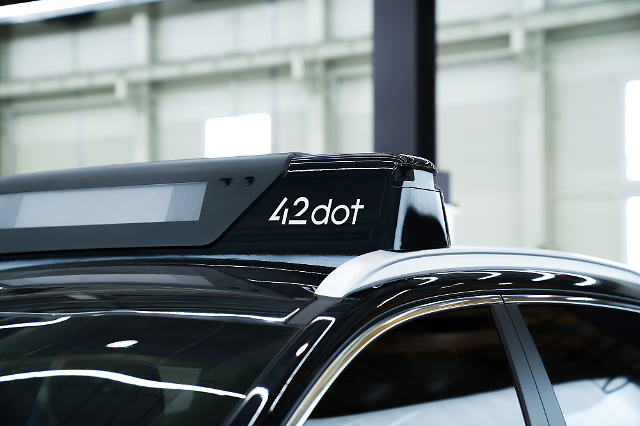Forti2dot applies the urban mobility integrated platform’UMOS’ to Sejong Smart City, which provides prediction-based real-time route optimization, user-customized public transportation support, and analysis and placement technology in consideration of real-time traffic conditions and means of connection. In addition, it plans to solve the existing public transportation problems with a demand-responsive transportation service (DRT) and an autonomous shuttle service equipped with autonomous driving hardware.
Song Chang-Hyun, CEO of Forti-To-Dot, said, “We will accelerate the realization of a smart city that provides a freely connected mobility experience by diagnosing the means of transportation necessary for the city and integrating from the construction of transportation infrastructure to the service operation that meets the needs of users.”
In-sang Yoo, Senior Vice President in charge of Smart SOC at LG CNS said, “Forti-to-Dot will provide innovative mobility solutions with autonomous driving technology.” “He said.
Sejong Smart City is a large-scale business that is built with cutting-edge IT on 94% of Yeouido’s area, with a total project cost of KRW 3.1 trillion. In this project, Forti2dot will be in charge of building and operating a smart mobility system and service based on autonomous driving. Sejong Smart City will enter this phase of business from July 2023 after a test period of about two years, starting with the design and pilot operation of Living Lab.

Forti-dot self-driving car. [사진=포티투닷 제공]
Prior to Sejong Smart City, a car with Forty-to-Dot’s autonomous driving technology was able to run in Seoul. Forti2dot announced at the end of last year that it received a temporary operation permit for an autonomous vehicle based on Kia Motors’ Niro EV’ from the Ministry of Land, Infrastructure and Transport on December 8 last year.
Forti-to-dot emphasized that it has implemented all the technologies necessary for autonomous driving, such as cameras and hardware for autonomous driving, maps and software algorithms. Forti-to-dot’s autonomous driving technology is a method that performs situation recognition, judgment, and vehicle control with only the sensor fusion technology of camera and radar without LIDAR. It was developed to quickly collect and reflect information on the road through a data collection device developed by ourselves, and claimed that the maintenance cost was reduced to a tenth level by not using a high-definition map (HD map).
In July of last year, Forti-To-Dot obtained a temporary operation permit for an autonomous vehicle that can drive on exclusive roads with a’Niro HEV’ vehicle. Since then, it has focused on the development of’Level 4’autonomous driving technology necessary for urban environments. It responds to traffic lights/pedestrian recognition, lane maintenance/change, and left/right turn situations while driving, and recognizes vehicles entering a right turn at an intersection without traffic lights. Forty2Dot planned a paid transportation service with the Seoul Metropolitan Government using this technology, and plans to disclose details of the pilot service to be promoted in the Sangam area in Seoul in the first half of this year.
“In the future, we will focus our capabilities to quickly reach the commercialization of autonomous driving by securing price competitiveness of autonomous driving hardware platforms including sensors, urban mapping, and upgrading algorithms,” said Forti2Dot CEO Song Chang-Hyun.
The self-driving car of Forti-To-Dot recognizes the driving situation and surrounding objects through 7 cameras and 5 radars. The device mounted on the vehicle roof includes a camera and an indicator, and can display the status of autonomous driving (Autonomous) and reserved (Reserved) in Korean and English.

Forti-dot autonomous vehicle sensor hardware. [사진=포티투닷 제공]
